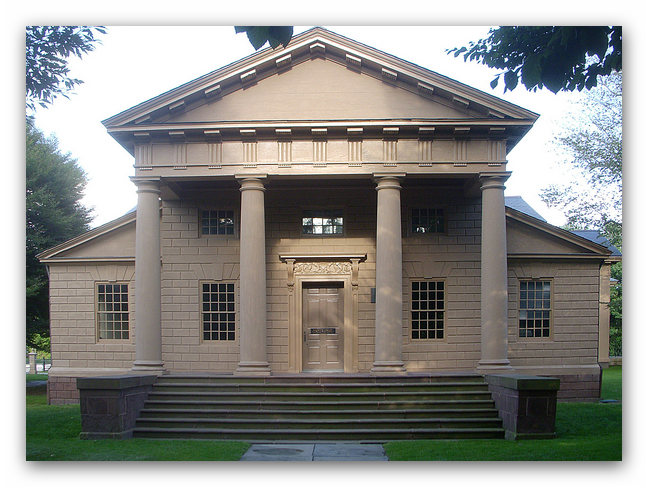Dec 1 2016 - Mar 5 2017
Newport, RI
From the birth of graphic art, in the drawings of Paleolithic cave artists, line was the basic means through which to define form or suggest volumes. Likewise relied upon to communicate subtle differentiations of surface, texture, or color, a line is an abstraction, yet one whose foundational, delineative properties are capable of underpinning artistic expression in all media, whether print, painting, sculpture or video.
It is for this reason—as the basic building block of any art making—that drawing’s ubiquity has stretched unbroken to this day, even routinely entering our own lives as doodle or sketch. From the most pervasive to the most individual, drawing, like handwriting, offers us historical perspectives through the continuities inherent to the medium. It also remains the site of radical artistic adaptations or renewals, born of the technical or stylistic idiosyncrasies of artists intent on bucking tradition.
In the end, it is drawing's immutable simplicity—a line drawn across paper—that makes the drawings exhibited here among those rare objects that enable us to ride along on the creative journey of both Renaissance and contemporary artists.The exhibition is arranged as a survey featuring many types of drawings—from preliminary sketches to finished presentation drawings—rendered in a rich variety of styles and techniques, and treating a broad range of themes.
“Artists have always relied on drawing to put down ideas quickly—it serves this purpose perhaps even more now as the medium on-the-go appropriate to today’s global art world. In that sense drawing has always attached to the conceptual. Certainly drawing is integral to the larger turn towards conceptual thinking in contemporary art, from Sol Lewitt to Julie Mehretu,” explains Benedict Leca, Redwood Executive Director and exhibition curator. “That said, it is interesting to note how the works by contemporary women artists on view are at once visibly painstaking in their technique and contrary to traditional notions of skill.”
The forty-five works in the exhibition are arranged into seven sections—Académies and the Centrality of the Figure, Line and the ‘Grand Manner,’ Fragonard and Ariosto, The Light of Italy and the Lure of the Antique, Drawing the Pastoral, Landscape and the Bucolic, and Master/Mistress: the Gendered Line—enabling visitors to identify both continuities and ruptures in theme and technique across 500 years of drawing practice in Western Europe and America
Upending the no- conventional dominance accorded to digital media or even painting, the selection of drawings on display crossing five centuries—from Renaissance to contemporary—speaks to drawing’s eternal relevance as consonant to art making in any medium, be it painting, sculpture or video. It is for this reason that drawing’s ubiquity has stretched unbroken to this day, routinely entering our own lives as doodle or sketch. From the most pervasive to the most individual, drawing, like handwriting, thus offers historical perspectives through the continuities inherent to the medium, as well as insights into the stylistic idiosyncrasies of its adaptation by individual artists. The immutable simplicity of a line drawn across paper, parchment or mylar makes the drawings exhibited here among those rare objects that enable visitors to ride along on the creative journey of both Renaissance and contemporary artists.
Exhibition overview from museum website
Exhibition Venues & Dates
Dec 1 2016 - Mar 5 2017
Newport, RI
